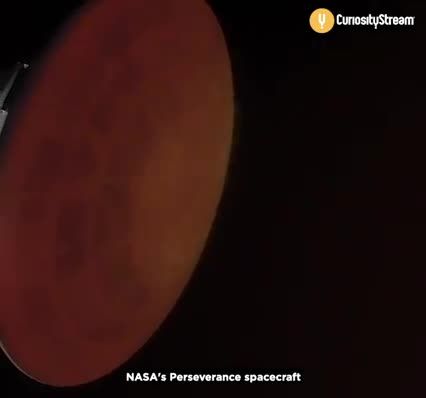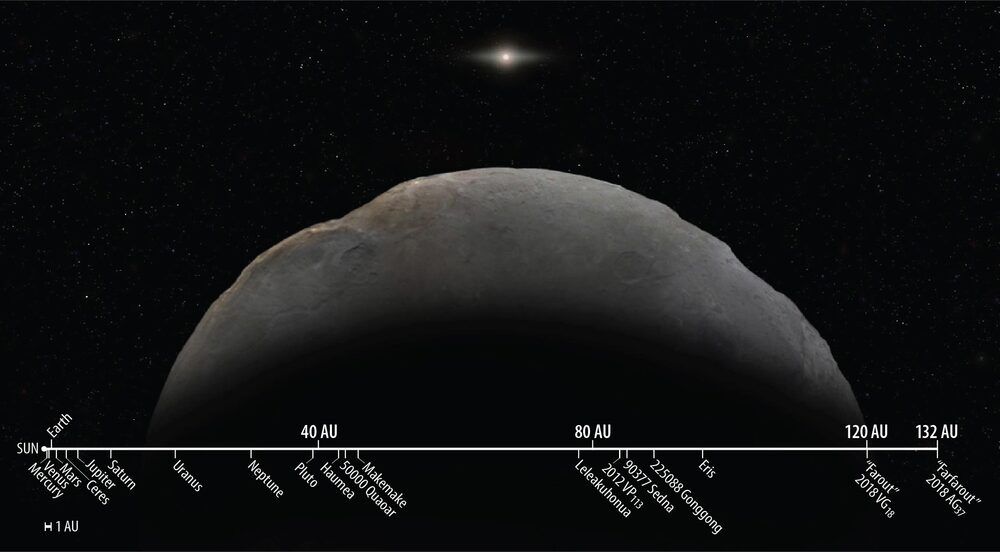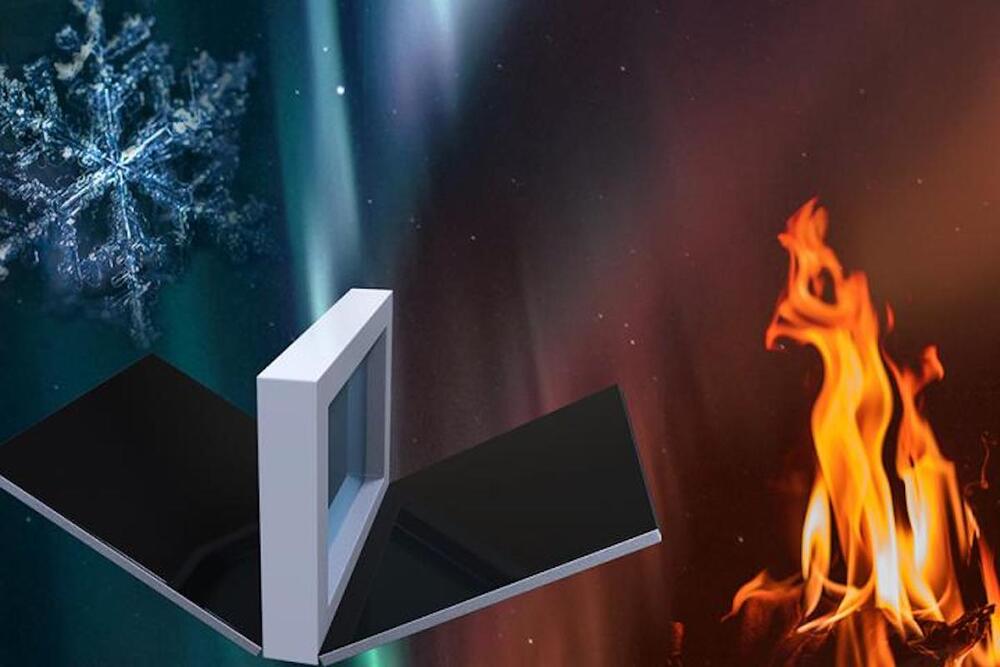Astronomers using a new technique may have not only found a super-Earth at a neighbouring star, but they may also have directly imaged it. And it could be nice and cozy in the habitable zone around Alpha Centauri.



About this partnership.
The Mars Perseverance Rover is in its final flight stages, heading for its historic rendezvous with the red planet. First up — a harrowing landing, scheduled for February 18th…Don’t miss it!
Learn more with Perseverance: Countdown to Impact now available on CuriosityStream.

A novel computer algorithm, or set of rules, that accurately predicts the orbits of planets in the solar system could be adapted to better predict and control the behavior of the plasma that fuels fusion facilities designed to harvest on Earth the fusion energy that powers the sun and stars.
The algorithm, devised by a scientist at the U.S. Department of Energy’s (DOE) Princeton Plasma Physics Laboratory (PPPL), applies machine learning, the form of artificial intelligence (AI) that learns from experience, to develop the predictions. “Usually in physics, you make observations, create a theory based on those observations, and then use that theory to predict new observations,” said PPPL physicist Hong Qin, author of a paper detailing the concept in Scientific Reports. “What I’m doing is replacing this process with a type of black box that can produce accurate predictions without using a traditional theory or law.”
Qin (pronounced Chin) created a computer program into which he fed data from past observations of the orbits of Mercury, Venus, Earth, Mars, Jupiter, and the dwarf planet Ceres. This program, along with an additional program known as a “serving algorithm,” then made accurate predictions of the orbits of other planets in the solar system without using Newton’s laws of motion and gravitation. “Essentially, I bypassed all the fundamental ingredients of physics. I go directly from data to data,” Qin said. “There is no law of physics in the middle.”

A team, including an astronomer from the University of Hawaiʻi Institute for Astronomy (IfA), have confirmed a planetoid that is almost four times farther from the Sun than Pluto, making it the most distant object ever observed in our solar system. The planetoid, nicknamed “Farfarout,” was first det.

Tesla CEO Elon Musk gave some details about the prospective electric van that the company could develop in the coming years. In an interview with Joe Rogan on the comedian’s podcast, the Joe Rogan Experience, Musk indicated that a van’s design would be more favorable to equip solar panels for stationary charging.
During Tesla’s Q4 2020 Earnings Call, TBC Capital Markets analyst Joseph Spak asked Musk about the possibility of developing an all-electric van. Vans have become a major player in the EV space since Rivian was contracted by e-commerce giant Amazon to build 100000 electric delivery vans. The vans have recently started testing in Southern California. Ford also developed an electric version of its Transit van.
The prospect of Tesla developing an electric van was confirmed by Musk during the Earnings Call.

Using the Australia Telescope Compact Array (ATCA) and the Atacama Large Millimeter/submillimeter Array (ALMA), astronomers have conducted a study of two magnetars known as PSR J1622−4950 and 1E 1547.0−5408. Results of this investigation, published February 4 on arXiv.org, provide important information about radio emission from these two sources.

Air conditioners and other cooling systems are among our biggest consumers of electricity, so finding ways to passively cool buildings will be important in our increasingly warmer future. Now, researchers at the University at Buffalo have developed a prototype hybrid device that can not only cool buildings drastically without using electricity, it can capture solar energy to heat water.
Created in many forms over the years, radiative cooling systems absorb heat from inside a room or building, and emit it in infrared waves towards the sky. At those wavelengths, the Earth’s atmosphere is “invisible” to the radiation, meaning there’s nothing stopping the heat from venting directly into the cold of outer space.
These devices use panels made of materials that can absorb and emit the heat. The logical way to orient these thermal emitter panels is to have one face pointing towards the sky, like a solar panel, but the team on the new study says that’s not the most efficient method. The panels emit heat from both sides, so in that position some of the heat is being emitted back towards the ground.

Like.
NASA has decided to launch the multibillion-dollar Europa Clipper mission on a commercial heavy-lift rocket in October 2024, and not on the government-owned Space Launch System, officials said Wednesday.
The decision ends a prolonged dilemma for NASA, which until last year was legally required to launch the Europa Clipper mission on the more expensive Space Launch System. The language passed in previous NASA appropriations bills directed NASA to launch the probe on the SLS rocket, but Congress relented in the fiscal year 2021 spending bill passed in December.

The most distant known object in the Solar System is now confirmed. FarFarOut, a large chunk of rock found in 2018 at a whopping distance of around 132 astronomical units from the Sun, has been studied and characterised, and we now know a lot more about it, and its orbit.
It’s about 400 kilometres (250 miles) across, which is on the low end of the dwarf planet scale, and initial observations suggest it has an average orbital distance of 101 astronomical units — that’s 101 times the distance between Earth and the Sun.
Since Pluto has an average orbital distance of around 39 astronomical units, FarFarOut is very, well, far out indeed. It has been given the provisional designation 2018 AG37, and its proper name, in accordance with International Astronomical Union guidelines, is still pending.

The giant Martian sandstorm of 2018 wasn’t just a wild ride — it also gave us a previously undetected gas in the planet’s atmosphere. For the first time, the ExoMars orbiter sampled traces of hydrogen chloride, composed of a hydrogen and a chlorine atom.
This gas presents Mars scientists with a new mystery to solve: how it got there.
“We’ve discovered hydrogen chloride for the first time on Mars,” said physicist Kevin Olsen of the University of Oxford in the UK.